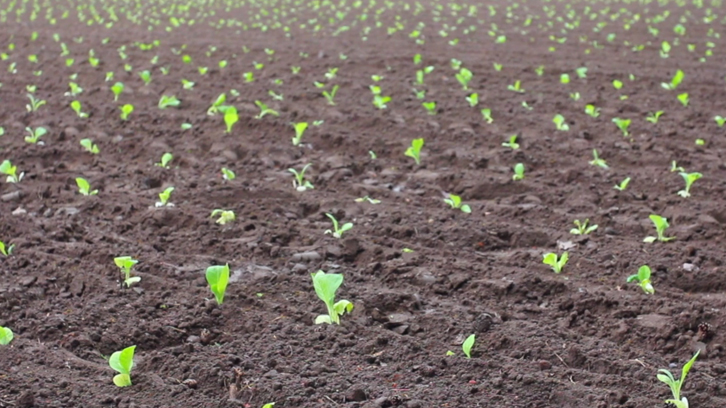Are Farmers Who Belong to Local User Associations Better Adapted to Climate Change?

Droughts, floods and high temperatures derived from climate change are not the only threats that farmers with irrigated crops must face. Increased prices of fertilizers, market dynamics and reduced access to credits are other difficulties they must deal with in order to make their crops economically sustainable.
This is the result of a research project carried out by Marie Curie researcher at the ICTA-UAB Sergio Villamayor-Tomas. The project aims to understand the management that local communities make of natural resources such as irrigation, forestry or fishing, from an environmental justice perspective.
The research, carried out in Mexico together with Dr. Gustavo García López of the University of Puerto Rico, analyzed the capacity of irrigated farmers to adapt to droughts and whether their membership to irrigation associations and ejidos (communal land systems) facilitates it.
The research revealed that the adaptation of farmers to water disturbances is much better if irrigation associations work well, since they improve access to information about climate conditions, implement measures to improve water efficiency and can also channel funds to farmers. The study reveals, however, that the management of water problems are worse managed by those who cultivate on communal lands than by those who cultivate private lands, since the average size of farming plots in communal lands is smaller and has fewer resources. It also highlights that the capacity of these associations has been greatly undermined by the economic liberalization policies and land reforms applied in recent decades.
More recently, Villamayor-Tomas along with García-López finalized an article that explores how the participation of local communities of natural resources management in protest actions and environmental justice movements affects the way in which these communities manage resources. To do that, they synthesized the findings of 81 case studies around the world.
Their evidence shows that one of the most important effects of community movements is the defense of their rights to use and manage their resources against different threats. These threats include not only the intrusion of large resource-use actors (large logging and fishing companies, etc.) and large-scale extractive projects (water transfers or mining projects) in their communities, but also Government privatization and conservation policies that restrict community access to resources and the way they administer them.
Interestingly, the mobilization of local communities against these threats can not only guarantee their use and management rights, but also involve longer-term benefits for community resource management. These benefits include the democratization of communities' collective decision-making processes, the revitalization of identity bonds and local ecological knowledge, the implementation of community development projects, and the creation of nested organizations (of second order) for the management of resources. Exploring those possible longer-term effects would be the next step to further connect environmental justice with aids for the community-based management of natural resources.
On 20, 21 and 22 of June Villamayor-Tomas, García-Lopez and Giacomo D'Alisa (University of Coimbra) will be at the ICTA-UAB to receive some 30 international researchers participating in the "Workshop on Social Movements and Commons: A Virtuous Circle?" Https://www.iasc-commons.org/event/ws- social-mobilization-commons/). During the workshop, they will reflect on the interactions between environmental justice movements and community management of natural resources, green infrastructures and other urban spaces, and public services.
Researches have prepared a video in which they explain the study (see references)
Universitat Autònoma de Barcelona
Sergio.villamayor@uab.cat
Gustavo García López
Universitat de Puerto Rico
References
Sergio Villamayor-Tomas, Gustavo Garcia-Lopez The influence of community-based resource management institutions on adaptation capacity: A large-n study of farmer responses to climate and global market disturbances. Global Environmental Change (Ed: Elsevier). 2017.v 47, 153-166.
Study Video

